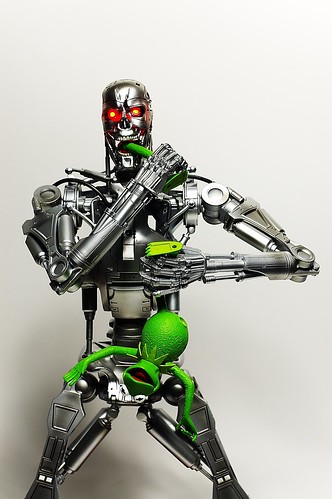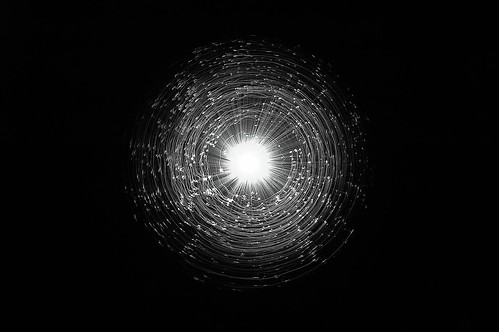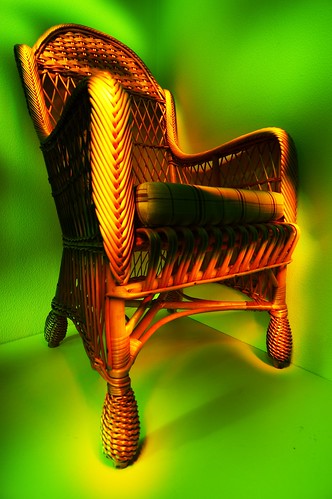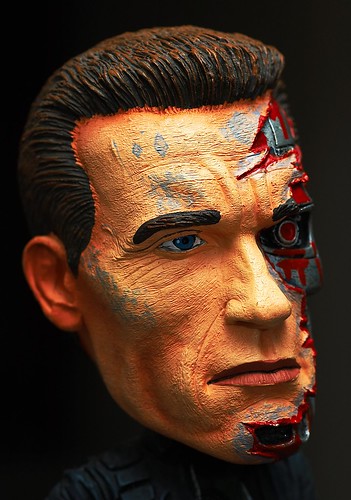As I've tried to explain: the maps of the body are what the brain uses to run the virtual reality simulation. And maps are plastic - to some degree.
Genetically every body map has 2 hands and 2 feet. Even when - through some defect you are born with only one hand! The map still says that there have to be two - and that is what the VR simulation represents. That's why people with one limb missing from birth still are able to feel a second "phantom" limb.
The brain doesn't care about reality since it regards the VR simulation as being reality.
It may take a while to get your hand around this - but trust me - this is what happens.
Let's have a look at this visual illusion:

Your brain - based on the models it has built over the years insists on seeing different sized tabletops. It just does. Why? Because the internal VR simulation is built on a model that says that illusionary perspective (fake 3D so to speak) means depth - even when - like on the monitor you are looking at - only 2D is present.
And so it decides to factor in this fake perspective and makes one tabletop seem bigger than the other.
This internal VR program can't be overridden (!) and is presented to you (your consciousness) - as being factual.
By the way: the tabletops have exactly the same shape and size - at least in"real" reality. ;-)
Or think back to a visit at the dentist when your cheek was anaesthesized: if felt bigger - much bigger - even when you looked at it in the mirror. Those sensory illusions are the results of the brain trying to make sense of conflicting information. It runs the data through the VR program and decides that the outcome - however ridiculous - has to be true.
Now for the really bad part:
if those maps - that form the basis for the VR program - are plastic - what about them running amok? What happens when something goes wrong and those maps change in a maladaptive way?
That's what happens in phantom limb pain, CRPS, chronic pain syndromes, anorexia, body image disorders, ...
Let's have a look at phantom limb pain:
here the real limb is amputated - but the map stays. It shrinks and adjacent map areas take over - but there is always a representation of the limb present. And the VR program is built on that. Watch someone who lost his arm slip - he still reaches out with his missing limb to steady himself.
Why? The VR program was built to save time - to enable us to react as fast as possible. If we didn't have something like it we could never regain balance. So it uses the basic blueprint (2 arms and 2 legs) when it comes to balance.
This invasion of adjacent areas has as an effect that people who lost an arm feel their arm being touched when you touch their cheeks - the area next to it.
A different thing happens in chronic LBP: the area starts expanding - probably as a way to increase spatial resolution as I suggested some time ago.
It invades other nearby area - that's why after a while - chronic pain start to spread. It doesn't do so by clear boundaries - there are no recognizable dermatomes affected - thereby making treatment more difficult.
This maladaptive plasticity is most probably driven by these factors:
1) lasting acute pain: pain demands attention and causes fear. Both are strong chemical reactions - probably accelerating learning in the map area (at a cost of course)
2) reducing of computational demand: the brain adapts to the pain - learns the pain to free up resources in the periphery. Hence learned pain. Herta Flor has done work in this direction.
3) favorable genetic disposition to develop chronic pain
So regardless of what happens behind the scene - either a shrinking of the map or it's expansion - pain is the result.
The most notable difference so far is that in conditions where no input exists the pain is often caused or ... by clenching or spasms whereas there is only pain and nothing else when the affected part is still there - as in LBP.
This is certainly a very interesting thing to go into - but has little to no effect on therapy as far as I know yet.
So why does pain occur?
Well - the brain does a good job with the VR program - an excellent job in fact; but there are times when it has to adjust the output that is produced by that program; this is especially true when we encounter new and unfamiliar situations.
Imagine yourself having lived in the desert all your life and then encountering snow and ice for the first time. Your brain can't anticipate what's going to happen when you step on that white surface - it has no experience what conditions it'll encounter - so it constructs a motor command anyway and checks the incoming sensory information on a regular basis to adjust the motor command accordingly.
That's why you are able to learn new stuff very quickly.
This is done by an area that we'll call the Comparator.
In the case of phantom limb pain however there is no feedback available. Not tactile, not visual, not kinesthetic. And since our brains can't just crash like a Computer it sends out a signal to a higher brain center to deal with the problem. It's similar to other emotions: they are produced by "lower" centers to inform the "higher" centers to please do something about them.
And that is it - the "secret" of chronic pain. It's a message from the Comparator saying "I can't make sense of this - the VR model is fine - but the feedback from the sensors doesn't match. Please deal with it - I don't care how and get back to me." (At least that's what I imagine is going on in a Woody Allen kind of way). ;-)
The solution: feedback therapy.









